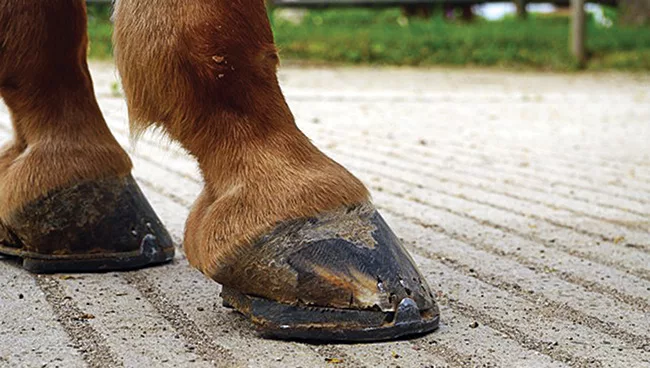American Farriers Journal
American Farriers Journal is the “hands-on” magazine for professional farriers, equine veterinarians and horse care product and service buyers.

A: Veterinarians request a wedge pad as a solution for low heels, navicular problems or broken back axis. I prefer using wedged shoes for bringing the angle of the foot up to match the pastern angle rather than using wedge pads. A horse with a negative palmar angle of P3 can benefit from elevated heels.
— Bob Smith, Pacific Coast Horseshoeing School,
Plymouth, Calif.
A: I wedge heels if the horse has strained tendons or rundown heels and when pain or discomfort is present. And then it’s only for a short time to help take pressure off and give the horse some relief.
— Brian Hull, Grand Valley, Ontario
A: I almost never wedge heels. There may be some good reasons to do it, but I can’t think of any. More often than not, wedging is treating a symptom instead of solving the problem.
— Jim DeRoy, John Day, Ore.
A: I would never use a wedged shoe. Instead, I concentrate on addressing the cause of the problem, which is always in the front of the hoof (such as long toes that cause low heels).
— David Farmilo, Oakbank,
South Australia
Q: What methods do you use for wedging heels (for example, wedge pads, swelled-heel shoes, building the heels up with a material such as Equliox)?
A: I use number 2 or 3 wedge rim pads. They seem to keep the hooves from sinking into the soft ground…